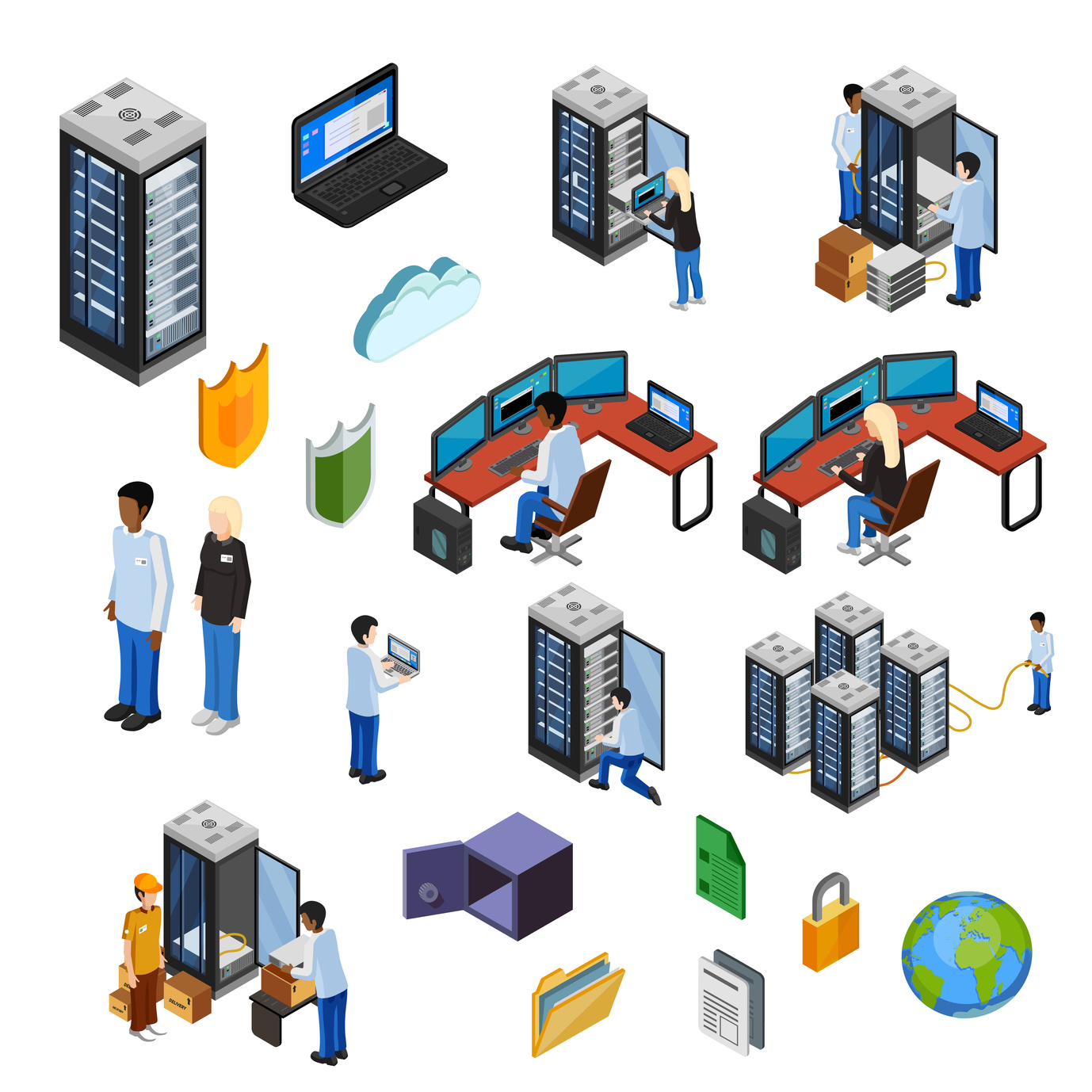
But now agility is far more crucial to core systems.
However good your design specifications the demands of business and developers are changing at an ever accelerating rate. As it becomes harder to be certain exactly what applications will be most important in a year or 18 months time so key systems need to changeable and adaptable.
Operating systems and applications don’t get updated a few times a year but a few times a week or even a day.
So data centre topology needs to be far more flexible. It needs to fit into an infrastructure made up of an evolving map of cloud providers and other business services.
No data centre can function on its own and designing it needs to accept the central role of the cloud and hybrid infrastructure.
It must have open standards at its core to enable it to fit into this changing world.
Old skills are still important. Using analysis to make a best guess at future demands is still useful but you need to build in the room to move.
But this ever-changing software load also means management and analysis systems are more important than ever.
With workloads which never stand still you need systems which provide instant, automated management.
Making best use of these systems will also allow data centre managers to make the best use of the new ways of buying IT services.
Extra capacity may come from cloud providers or from on-premises hardware which you only pay for when it is actually being used.
Even without these kind of options it is still possible for enterprises to deploy hardware in the data centre at an exponentially faster rate than was possible even a few years ago. Computing, storage and networking can all be up and running within days, providing you have the space, power and cooling in place.
But this requires management systems which give you the data you need to call up new resources.
Better data analysis can also transform core performance of the applications and systems which today’s business increasingly relies on.
A data centre still needs a roof and walls, it still needs power and cooling facilities. There are still important decisions to make about operating systems, hardware and networking.
But hardware is becoming more like software. This means building a data centre is hardly even a useful way to discuss it any more because it suggests a beginning, middle and end.
Instead hardware deployment nowadays is more like software deployment. It is a constant process of change and incremental improvement in response to constantly moving business demands.






